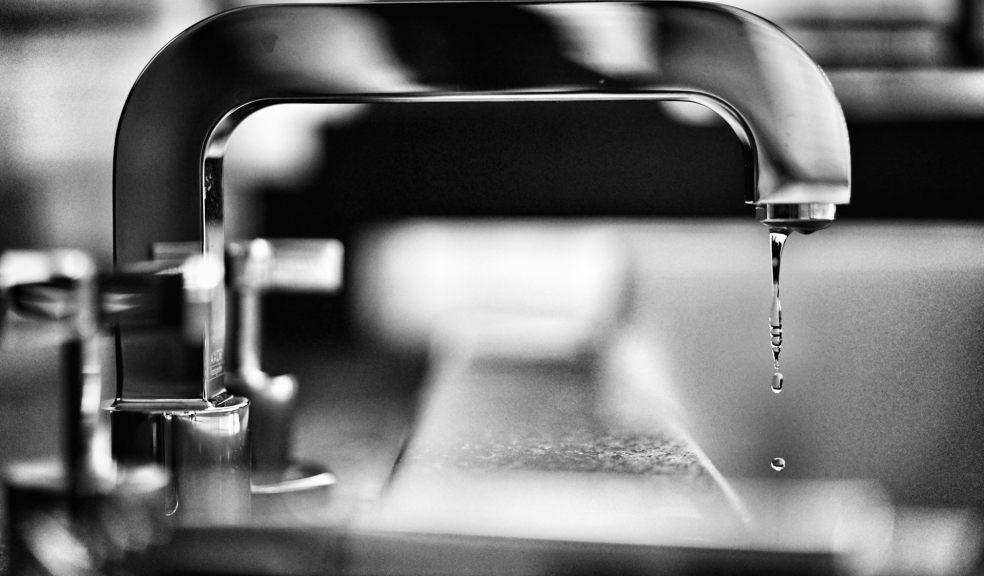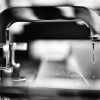
DIY Home Maintenance: Simple Fixes You Can Do Yourself
Homeownership comes with its fair share of responsibilities, and while hiring a professional for certain jobs is crucial, there are many simple fixes you can tackle on your own. These DIY repairs can save you time and money, and they can also give you a sense of accomplishment and better understanding of your home’s needs. Below are some common issues and easy solutions to keep your household running smoothly.
Clearing Blocked Drains
Blocked drains are an annoying yet frequent occurrence in many households. Whether it is in the kitchen sink or the bathroom, a backed-up drain can lead to water damage if not addressed promptly. Fortunately, you can often clear a blocked drain without needing to call a plumber.
Firstly, try using a plunger. Ensure there is enough water in the sink to cover the bottom of the plunger and start plunging with quick, firm motions. If this doesn’t work, a mixture of baking soda and vinegar can do wonders. Pour a cup of baking soda down the drain, followed by a cup of vinegar. Wait for 10-15 minutes before flushing the drain with hot water.
If the clog persists, consider using a drain snake. This tool can be fed down the drain to physically remove the obstruction. Lastly, always remember to regularly clear your gutters to prevent debris from entering your drainage system.
Patching Holes in the Wall
Minor damage to walls, such as small holes left by nails or screws, is common. Fortunately, these are easy to fix with some basic materials from your local hardware store.
To start, you will need spackle or joint compound, a putty knife, and some sandpaper. Clean the area around the hole and apply a small amount of spackle with the putty knife, smoothing it out evenly across the surface. Allow it to dry completely, and then gently sand the patched area until it is smooth and flush with the wall. Finally, touch up the paint over the repair for a seamless look.
Fixing a Leaky Tap
A dripping tap is not only annoying but can also lead to higher water bills and wasted resources. Luckily, fixing a leaky tap is simpler than you might think.
First, turn off the water supply to the tap. Then, remove the handle by unscrewing it, and you will likely find a damaged washer or O-ring inside. These small rubber components are often the cause of leaks. Replace the old washer or O-ring with a new one, reassemble the tap, and turn the water supply back on. This quick repair can often stop the drip and save you money on your utility bills.
Replacing a Light Fixture
Sometimes a room can use a fresh look, and replacing a light fixture is a straightforward way to achieve this. Before you begin, ensure the power is turned off at the circuit breaker.
Next, remove the old fixture by unscrewing it and disconnecting the wires. Attach the new fixture by connecting the wires to the corresponding ones from your ceiling: typically, black to black, white to white, and green or bare copper for grounding. Follow the manufacturer’s instructions to secure the new fixture in place, then turn the power back on and enjoy your new lighting.
Sealing Drafts Around Windows and Doors
Drafts can make your home less energy-efficient, leading to higher heating and cooling bills. Sealing these drafts is an economical and easy DIY project.
Use a candle or incense stick to detect drafts around your windows and doors. On a windy day, move the flame slowly around the edges; if the flame flickers, you have found a draft. Weatherstripping and caulking are effective solutions. Apply weatherstripping tape around the edges of doors and windows where you found drafts. For larger gaps, use caulk to seal them. These simple fixes will make your home more comfortable and energy-efficient.
Cleaning and Maintaining Appliances
Keeping your appliances in good working order can prevent the need for costly replacements and repairs. Regular cleaning is essential for this.
For your washing machine, run an empty hot water cycle with two cups of white vinegar to remove built-up soap scum and residue. Clean the lint filter in your dryer after every use, and vacuum the exhaust vent regularly to prevent build-up. For the refrigerator, defrost the freezer and clean the coils at least once a year to ensure optimal performance.
In conclusion, there are numerous DIY fixes you can perform around your home that do not require professional help. By taking on these tasks yourself, you can save money, extend the life of your home’s features, and gain valuable maintenance skills. So roll up your sleeves and tackle those minor repairs with confidence!














